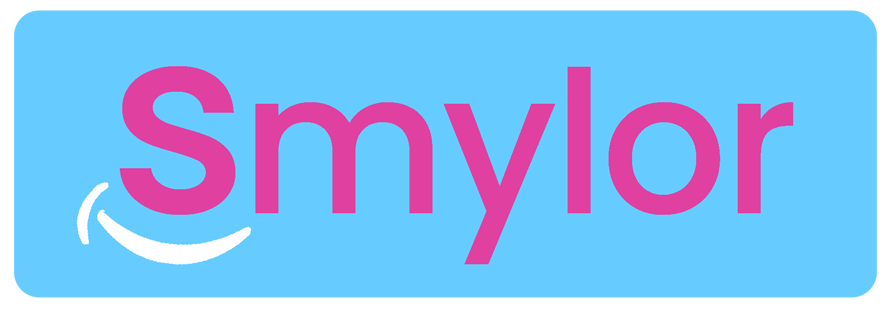How online dental booking became a UX nightmare
Imagine you’ve got a toothache. You open an online booking site to find help, and you are immediately flooded with over 70 different appointment types. “Professional teeth cleaning with air-flow,” “Initial consultation for aligner treatment (private),” “Preventive dental check-up with X-ray for adults under 35,” and so on. Most of them sound like they were written by someone who’s never actually booked a dental appointment themselves. Now imagine applying filters for public insurance only to be shown private-pay options. Or clicking through to an open slot, only to learn the dentist isn’t actually available.
This isn’t satire. This is what the German Federation of Consumer Organisations (vzbv) found in a recent investigation into the leading online platforms for dental appointments. Their report exposed what many patients have already suspected: online dental booking is broken, not because of a lack of technology, but because of how that technology is designed.
And the people paying the price? Patients in pain, providers buried in admin, and anyone just trying to book a cleaning without enrolling in a Kafkaesque digital obstacle course.
What the consumer watchdog found
In early 2025, vzbv conducted a market check on leading online appointment platforms with a specific focus on healthcare. They examined 80 booking scenarios across several cities, posing as new patients with statutory (public) insurance.
The results were… not reassuring.
- In nearly 20% of cases, no appointment was displayed at all, even though filters were applied.
- Many practices that appeared in the search results had no actual bookable slots.
- In other cases, available appointments were limited to private-pay consultations, even when the user had clearly selected public insurance.
- Some platforms required users to create an account before even seeing availability, essentially walling off access to care behind a login screen.
And worst of all? The appointment categories themselves. Vague, overly technical, and poorly sorted, they buried common services like check-ups or fillings under layers of unnecessary jargon.
It’s the digital healthcare equivalent of going to a supermarket and being asked to choose between “edible, non-gluten starch derivatives (boxed)” instead of just “pasta.”
So what’s actually going wrong here?
Dentistry isn’t a niche field, it’s one of the most frequent forms of outpatient care. Millions of Germans visit their dentists annually for routine check-ups, hygiene treatments, emergency pain, or orthodontic consultations. Yet the platforms designed to support this basic demand seem optimized more for data collection and upselling than usability.
The vzbv didn’t mince words: the systems were found to have “serious deficiencies in user-friendliness,” especially for new patients relying on public insurance.
One of the biggest pain points? Filtering systems that didn’t filter. If you checked “statutory insurance only,” you might still see private consultations. If you looked for a specific treatment, you were offered irrelevant procedures. And if you just wanted a simple cleaning or check-up? You’d need to click through several layers of ambiguous appointment types, often with no help from search tools.
Data, consent, and the hidden risks
The booking nightmare doesn’t end with UX. Underneath the surface lies a bigger concern: data privacy.
Because some platforms process data outside of Germany, and even outside the EU, responsibility becomes fragmented. While patients might assume their medical data is handled securely, the actual oversight can fall to foreign regulatory authorities. The vzbv notes that even if a platform appears German, its parent company or servers may not be.
Worse, patients often aren’t informed clearly about where their data is going, or who might access it. And because many platforms require account creation just to begin browsing, patients are often handing over personal information before they even see if a dentist is available.
Dentists themselves are not off the hook either. German regulations make it clear that practices bear full responsibility for ensuring their third-party service providers comply with national data protection laws. That means any dentist using a poorly vetted booking platform could be putting patient information, and their own practice, at risk.
Is there a better way?
This is where Smylor stands out, not because it’s flashy, but because it doesn’t overcomplicate the obvious.
As a dental marketplace (think Booking.com for dentistry) built specifically for dental practices, Smylor focuses on clarity and function. Appointment types are streamlined and written in plain language. A user looking for a check-up or hygiene appointment can actually find one fast. Filters work. Availability is real. And importantly, you don’t need to create an account just to see your options.
From a patient perspective, it’s what booking should always be: simple, transparent, and respectful of time. From a dentist’s point of view, Smylor stays compliant with German data protection standards, stores data locally, and avoids risky third-party integrations.
It doesn’t try to reinvent the dental visit. It just makes it easy to schedule one.
Booking isn’t the problem, bad design is
At its core, booking a dental appointment shouldn’t be hard. The vzbv report doesn’t call for massive innovation, just basic usability:
- Transparent services: Patients should know what they’re booking and whether it’s covered.
- Clear categorization: A check-up should be labeled as a check-up. Not a “preventive hygiene assessment for adults with supplemental policy holders.”
- Search filters that work: Users need to sort by treatment type, location, or insurance type, and get meaningful results.
- Optional accounts: Viewing availability shouldn’t require personal data.
- Backup contact options: Yes, some people still want to call. And they should be able to.
These aren’t radical demands. They’re standard UX principles applied to an industry where the stakes are your health, not your next pizza delivery.
Until then, patients must navigate carefully
Online booking platforms for dentists were supposed to make care more accessible. Instead, they’ve created new barriers. Whether it’s opaque categories, misleading availability, or unnecessary data hurdles, the current system often puts patient convenience last.
That doesn’t mean patients are powerless. Solutions like Smylor show that thoughtful design and privacy-first development are possible, even in a competitive digital health landscape.
But until the rest of the industry catches up, patients will have to do what they’ve always done in moments of confusion: rely on instinct, patience, and, if the toothache’s bad enough, maybe just pick up the phone.
Dental Clinics Near You
Book a Dental Treatment
Our Smylor dental marketplace allows you to review and request bookings from 100s of dentists near you. Currently available in Switzerland (Zürich & Zug) and Germany (Köln, Düsseldorf and Bonn).
Click on your region.


